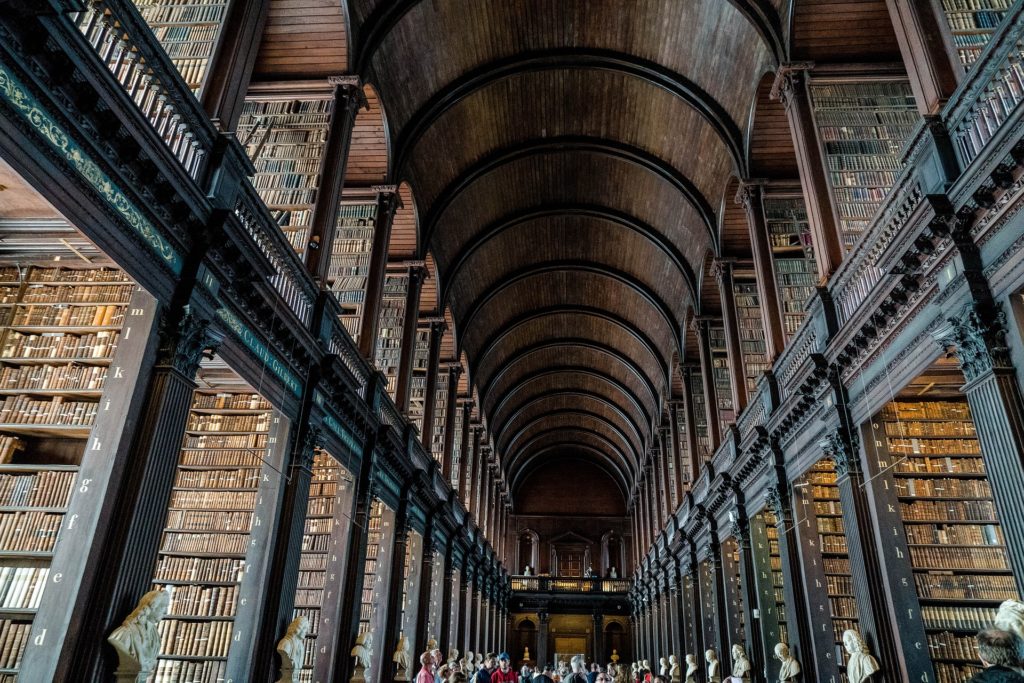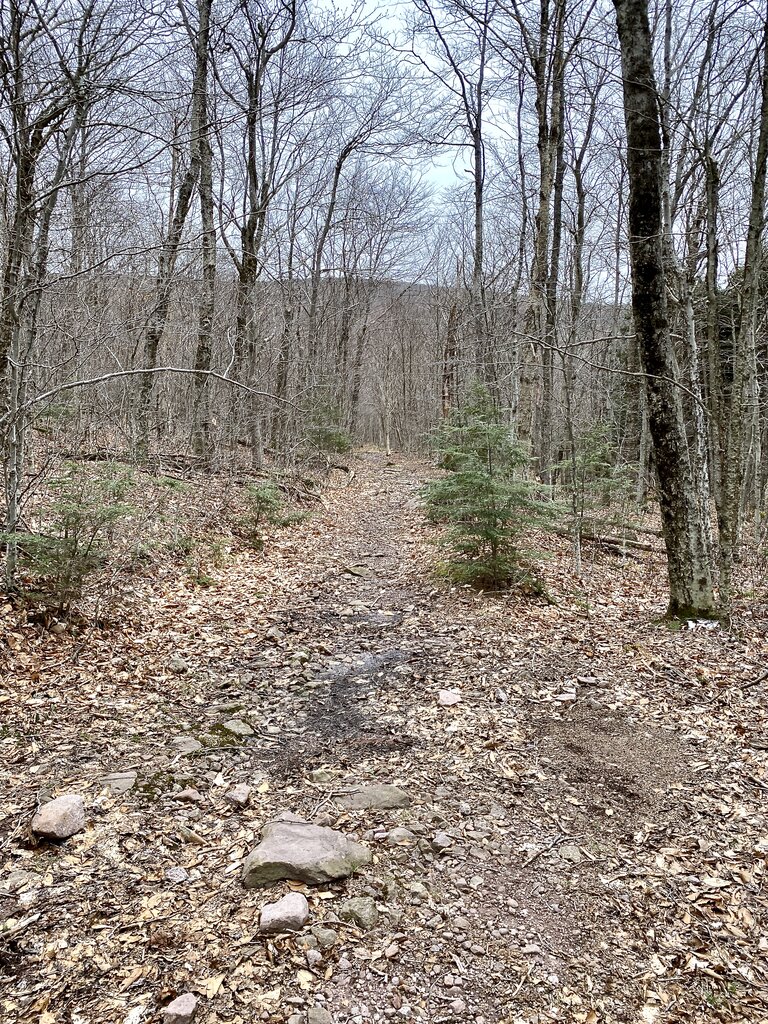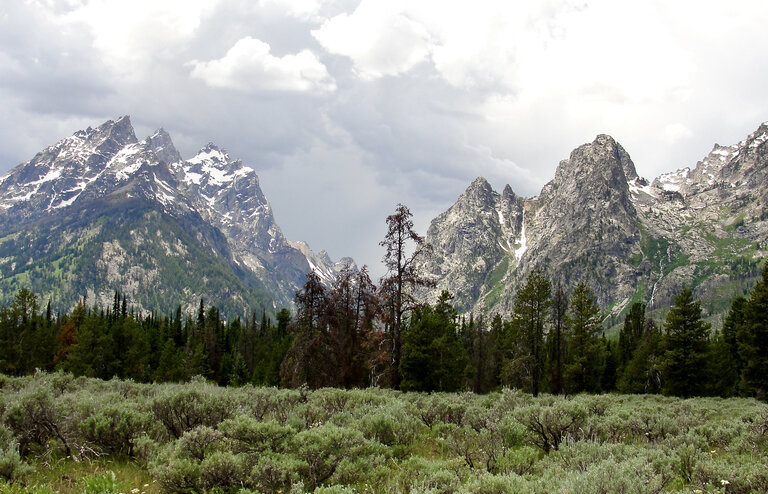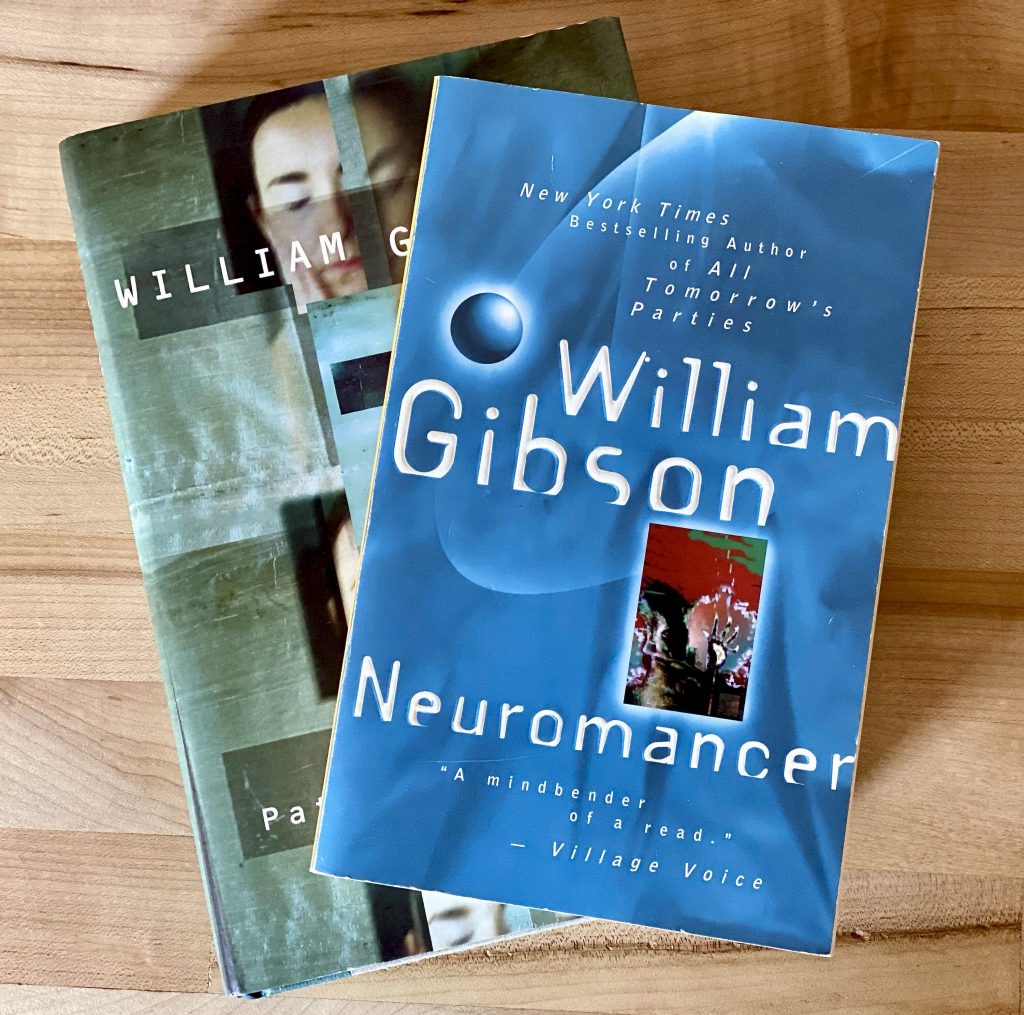
I’ve read Dubliners by James Joyce three times. An upcoming trip to Ireland inspired my most recent read. I’ve viewed Dubliners as an easier way to read a classic; short, immersive stories. Also, a nice way to come out of the Hemingway jag.
I used to start my morning writing sessions by either copying lines of classic texts (The Sun Also Rises, The Great Gatsby, Wool) to learn about sentence structure or read Dubliners to hear the lyricism. If I read quickly, I often miss the poetry of the words, reading to find out what happens next. The wordplay is more noticeable on slower, closer reads, as is the tone and speech of the characters. I wonder how much of what they say and infer is lost to time, though… every story has references to specifics that are very Irish or locked in the early 1900s.
Joyce wrote this short story collection while away from Ireland and Dublin. He spent most of his adult life abroad. Which is striking, since Dublin itself is one of the main characters in the book. Each story contains specific references to streets and bridges, specific pubs, etc. Not to mention the overall tone and mood of the city. It’s crazy to think an author wrote so intently about a place yet choosing to live somewhere else. In my many author-ly fantasies, I picture myself living somewhere exotic for a few months under the guise of research.
A few things struck me on this third read. There are a few thematic constants in the stories. One is the overall tone… it’s a depressing read. Almost every character is poor and struggling for money while living in the city’s underclass. Poverty hangs over each story… the characters fight and scrape for punts and shillings. Characters like Lenehan in Two Gallants scam young women, old men expose themselves to young boys in An Encounter, and Mr Duffy in A Painful Case condemns a beau to a life of despair. Gray is used to describe the characters and the city itself.
Another constant is alcohol consumption. Not in a merry, where’s-the-craic sort of way, but how much trouble it causes. Each story has at least one character whose life is significantly worse because of drinking.
Finally, it seems none of Joyce’s characters can escape Dublin. Joyce set all of the stories in actual places in the city. One character, Evelin in, well, Eveline, is set to leave what seems like an awful home life, but finds she can’t board the ship to leave. The young, middle-aged and near-dead can’t get out of the city.
Dubliners was an easier read this time. The older conventions, styles and attitudes didn’t jump off the page at me. Maybe this is because of reading so much of others from that same time period? Or just an expectation grounded in experience.






